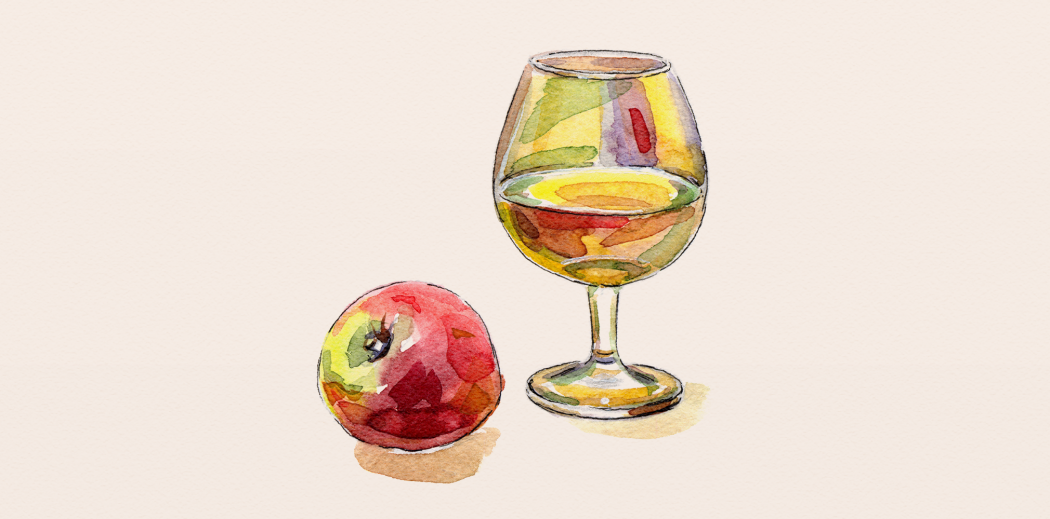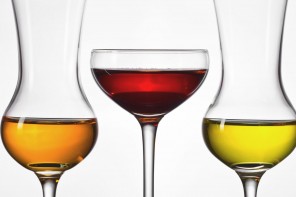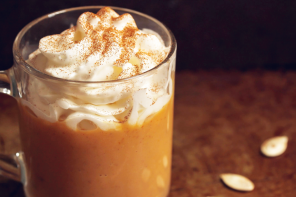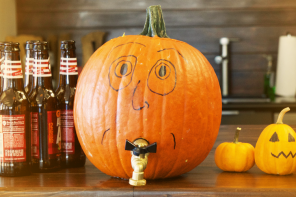Fall means apples are in season, so in the spirit of autumn, it’s time to look into Calvados. At its most basic, Calvados is an apple brandy produced in Normandy, made by distilling cider into an eau-de-vie, then aging it in cask. But that oversimplified definition belies this versatile, often complex spirit and its lengthy history.
Normandy’s verdant meadows lie along la Manche, that is, the English Channel. Thanks to the unique terroir there, the Normand countryside is home to some of best orchards on the continent. Three AOCs are approved for Calvados: Calvados, Calvados Pays d’Auge and Calvados Domfrontais. The Normans have produced cider for centuries and distilled it into cold hard booze since at least the 16th century. For much of its history, apple brandy was mostly confined to Normandy. Then in the 19th century, a little louse called phylloxera came along and devoured most of France’s vines, allowing Calvados to finally have a moment in the sun and establish itself as a serious beverage to a thirsty new audience.
In the same way wine is overwhelmingly made with vitis vinifera grapes, the cider used for Calvados is made with specific apple varieties. Tart, bitter and sweet apple varieties all make their way into the cider blend to help achieve the harmony that’s present in any well-made Calvados. Hundreds of different apples are approved in the region and law mandates that a percentage of every orchard be planted to local varieties. Poiré, or perry, may be used to make Calvados as well. In fact, Domfrontais requires the blend to be at least 30 percent pear, reflecting the proliferation of its pear orchards. The inclusion of pears yields a fruitier spirit, and this pomaceous brandy is one that’s particularly good as a digestif.
Production is fairly straightforward; after harvest, the apples are pressed and the juices are fermented into a dry cider. This cider is then distilled according to the regulations of the respective appellation. The resulting eau-de-vie is aged in cask for at least two years, though many are aged longer; extended aging helps produce a nice, mellow spirit that comes in at around 40 percent. As with Cognac, there are various terms that refer to age that you’ll encounter on a label, which will let you know the youngest brandy in the blend.
- Fine, Trois étoiles, VS or Trois pommes – minimum 2 years old
- Vieux or Reserve: minimum 3 years old
- VO, VSOP or Vielle Reserve: minimum 4 years old
- Hors d’age, XO, Très Vielle Reserve or Napoleon: minimum 6 years old
Also made in Normandy are dry ciders, pommeau, a mistelle made by mixing unfermented apple juice with Calvados and the aforementioned perry. Normans are justifiably proud of their pomme libations. Calvados is enjoyed both as an aperitif and digestif, even occasionally in between courses. Put another way, it’s delicious and odds are you’re probably not drinking enough.









The Spanish make excellent apple brandies, in Asturias, the Sidra production of northern Spain, near the Pyrenees mountains. many are small local production and aren’t imported, yet. maybe, they will soon be imported into the United States in reasonable quantities.